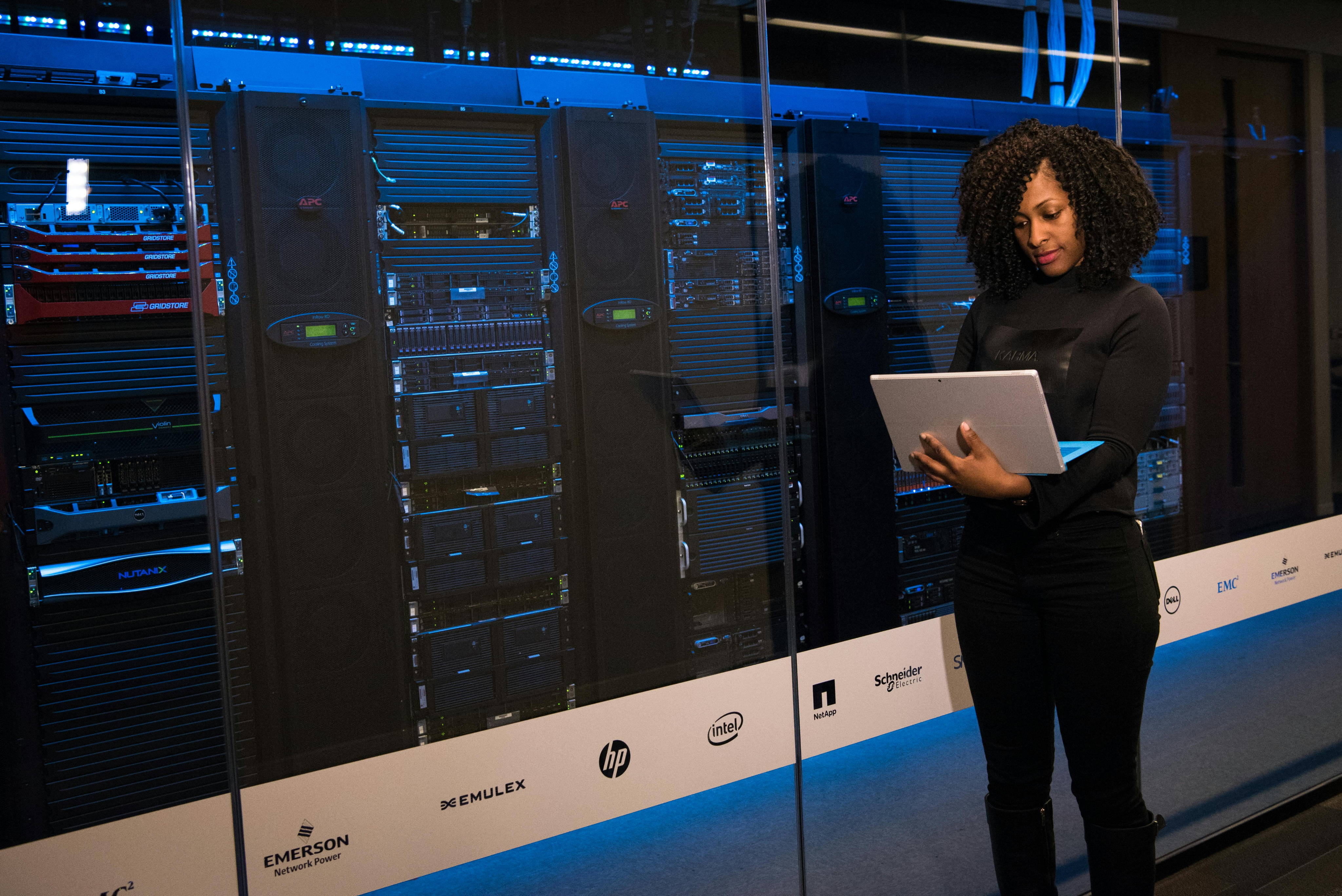NVMe-oF™ Boot
Soon you will be able to boot across a network with attached computers using NVME over Fabrics. This capability is often called Boot from SAN. Currently, successful storage networking technologies such as Fibre Channel and iSCSI have standardized solutions that allow attached computer systems to boot from OS images stored on attached storage notes. The lack of this capability in NVMe-oF architecture presents a barrier to adoption.






